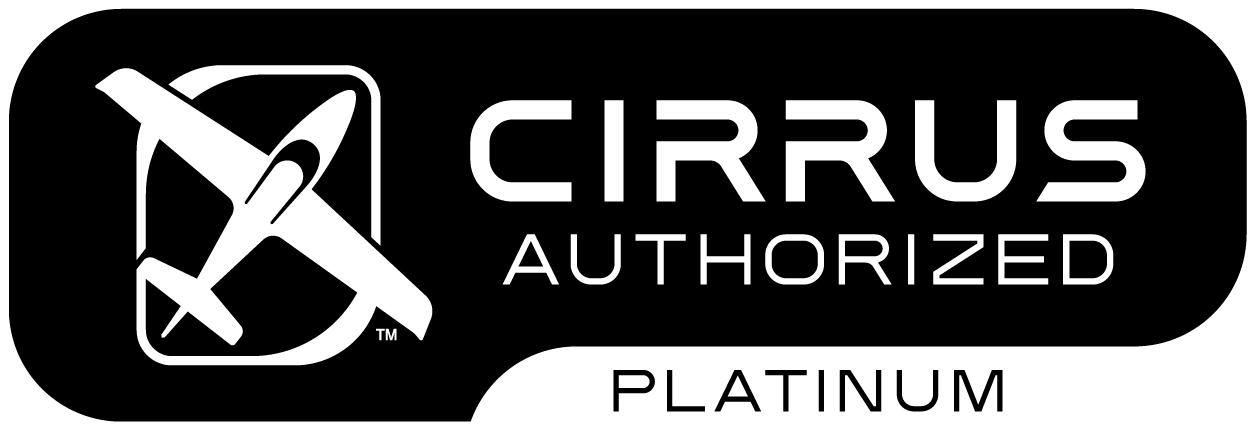The Cirrus Aircraft Flight Training Difference
Deciding what type of airplane to learn to fly in is the first (and arguably most important) step in a pilot’s journey. How you begin your training will have an impact on your flying future and help you achieve your desired goals.
The choice of aircraft may also influence your desire to complete your training. Comfort, training curriculum, and environment are all impactful to keeping you on-task with your training. Cirrus is a modern aircraft with creature comforts like air conditioning. A comfortable environment will aid in learning and decrease stress.
The Cirrus SR-20 Aircraft is One of the World’s Safest & Most Advanced GA Airplane to Flight Train in
Cirrus bucks the trend of legacy airplanes by modernizing General Aviation flight with advanced avionics found in modern jets coupled with docile handling found in more traditional training airplanes. For these reasons, universities, major airlines as well as the United States Airforce have removed legacy airplanes from their training fleet and have converted to using Cirrus for primary and advanced training.
A Plane with a Plan
The Cirrus Aircraft is an exceptional platform. State of the art equipment, safety resources and a standardized approach to flight training make personal and business aviation both enjoyable and safe.
In addition to the aircraft, Cirrus offers a wealth of other training tools like Cirrus Approach, Cirrus iFOM, and Flight Fix as well as a vast network of Cirrus Standardized Instructor Pilots and Cirrus Training Centers worldwide. This integrated network of aircraft, online tools, Cirrus instructors and training centers supports new students and ultimately results in pilots learning more effectively and being more comfortable with their aircraft quicker. It is also a highly standardized, universally recognized method of training. There is an entire ecosystem of learning and training infrastructure provided by Cirrus and partners like Nassau Flyers that provide pilots and student pilots an entire educational system along with the aircraft itself.

